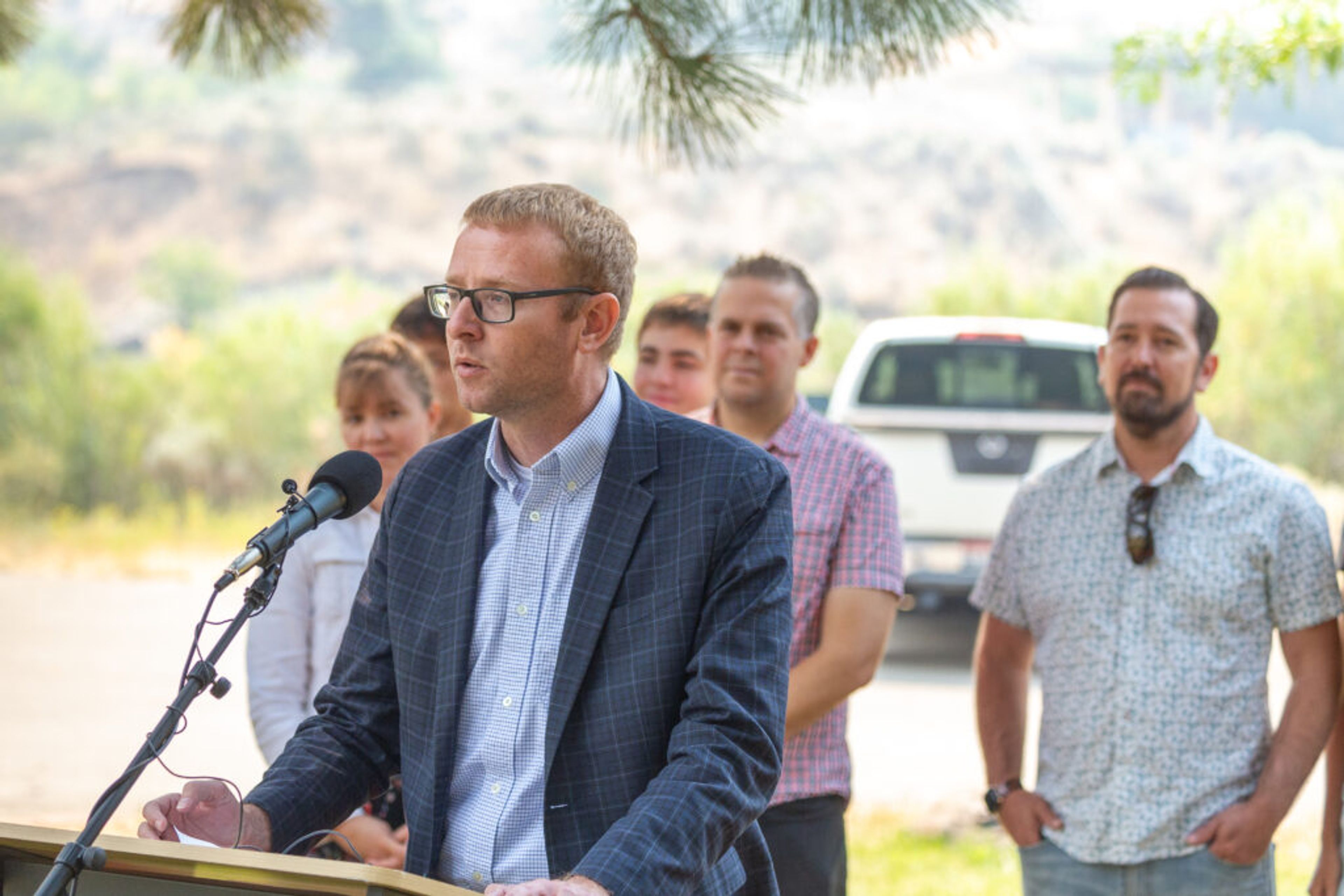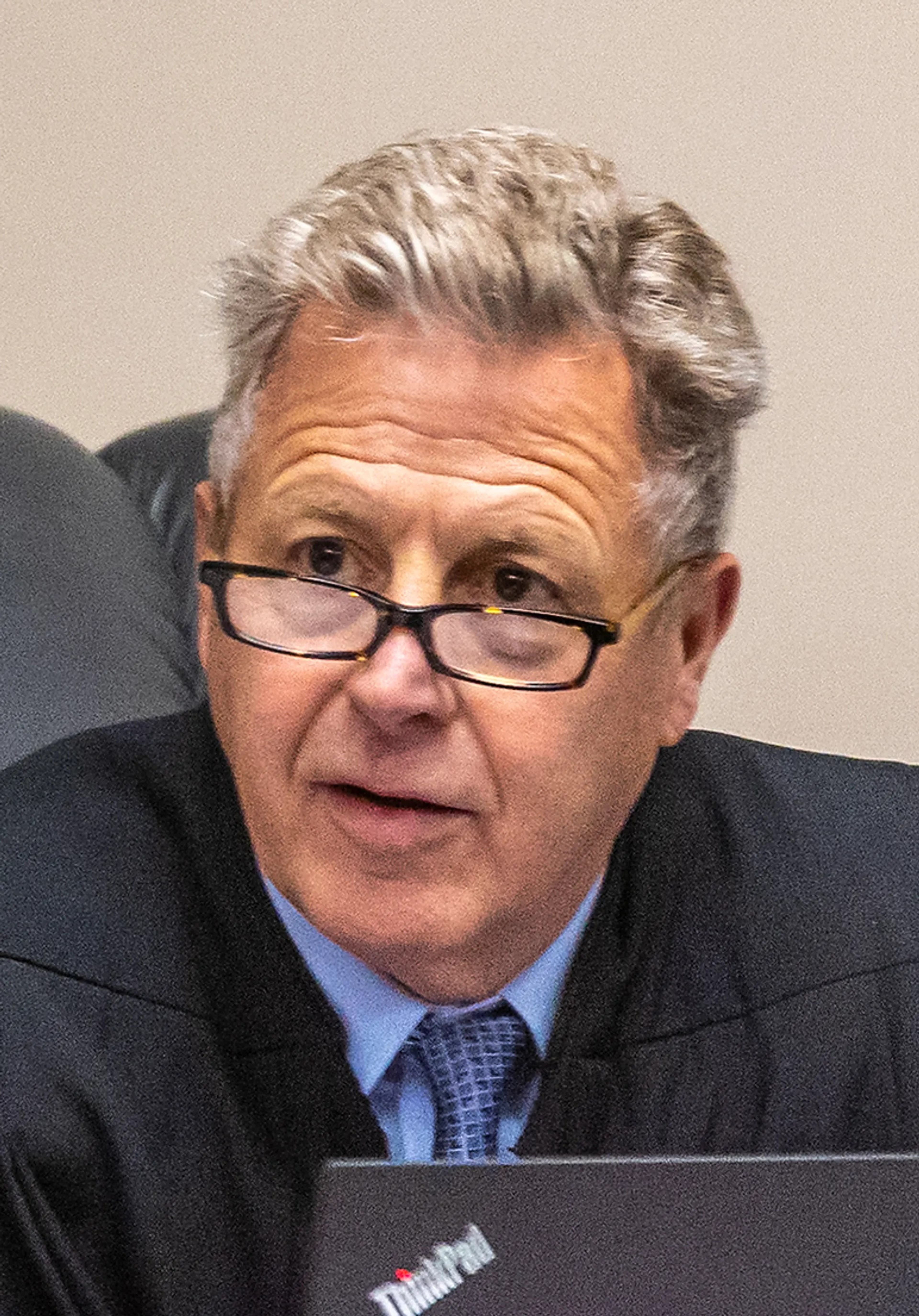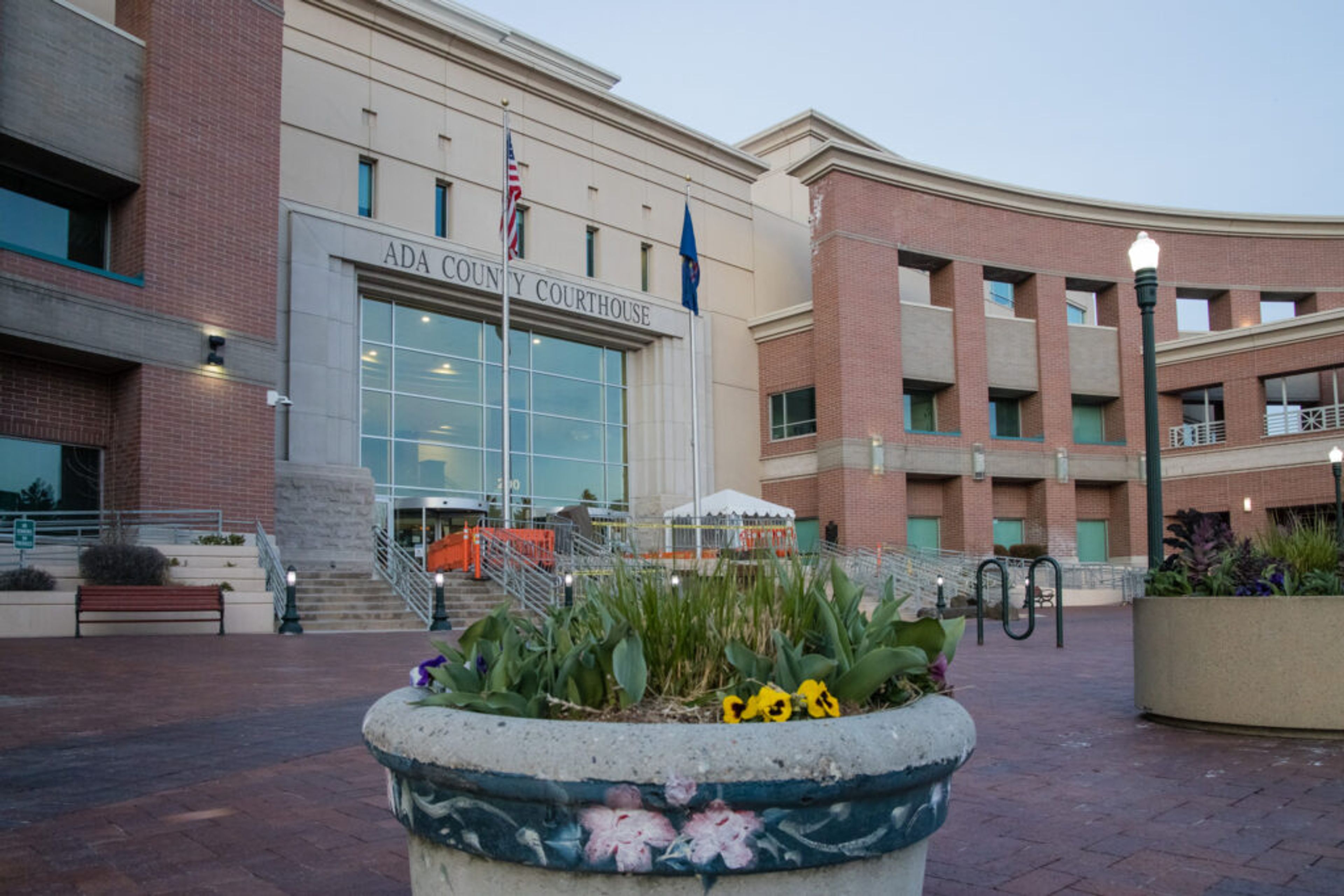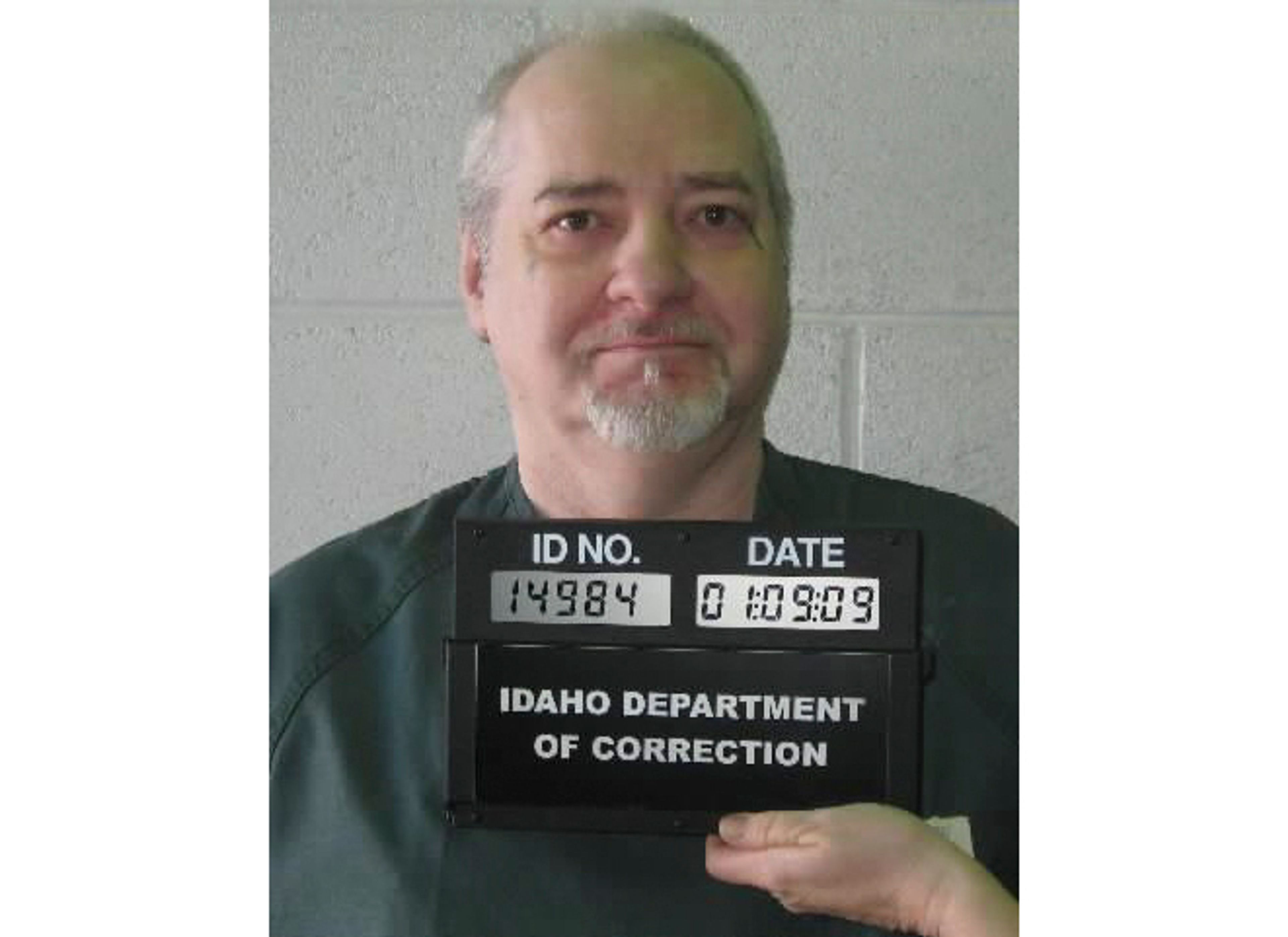Idaho National Lab struggles with radioactive waste
Byproduct of breeder reactor is harder to dispose of than was originally thought
In the early days of atomic energy, the federal government powered up an experimental reactor in Idaho with an ambitious goal: create a "wonder fuel" for the nation.
The reactor was one of the nation's first "breeder" reactors - designed to make its own new plutonium fuel while it generated electricity, solving what scientists at the time thought was a looming shortage of uranium for power plants and nuclear weapons.
Today, its only legacy is 26 metric tons of highly radioactive waste. What to do with that spent fuel is causing the federal government deepening political, technical, legal and financial headaches.
The reactor was shut down in 1994. Under a legal settlement with Idaho regulators the next year, the Department of Energy pledged to have the waste treated and ready to transport out of the state by 2035.
The chances of that happening now appear slim. A special treatment plant is having so many problems and delays that it could take many decades past the deadline to finish the job.
"The process doesn't work," said Edwin Lyman, a physicist at the Union of Concerned Scientists, who has documented the problems in a new report. "It turned out to be harder to execute and less reliable than they promised."
The delays have also fueled a massive increase in costs, which were originally estimated at about $500 million but at the current cleanup rate would hit $1 billion, Lyman said.
The waste is one of many unusual radioactive concoctions that came out of federal weapons and civilian power research programs and now require complex technologies to treat.
Many of the cleanup efforts, like the one in Idaho, are years or even decades behind schedule, reflecting practices that were far too optimistic when it came to technology, costs and management know-how.
Jim Owendoff, the acting chief of the Energy Department's environmental management program, recently ordered a 45-day review of the entire $6 billion-a-year radiation cleanup effort.
"What I am looking at is how we can be more timely in our decision-making," he said in a department newsletter.
The Idaho reactor, located at the 890-square-mile Idaho National Laboratory, was designed to produce electricity while it "breeds" new fuel by allowing fast-moving neutrons to convert non-fissionable uranium into fissionable plutonium.
But the complexity of breeder reactors led to safety problems.
Only one breeder reactor ever went into commercial operation in the U.S. - the Enrico Fermi I near Detroit, which suffered a partial core meltdown in 1966. Construction of a breeder reactor on the Clinch River in Tennessee was stopped in 1983.
A reactor using similar technology above the San Fernando Valley experienced fuel core damage in 1959 that is believed to have released radioactive iodine into the air.
Ultimately, the nation never faced a shortage of uranium fuel, and now the Energy Department is spending billions of dollars to manage its surplus plutonium.
Unlike uranium, the "wonder fuel," as the lab called it, was bonded to sodium to improve heat transfer inside the reactor.
The sodium has presented an unusual waste problem.
Sodium is a highly reactive element that can become explosive when it comes in contact with water and is potentially too unstable to put in any future underground dump - such as the one proposed at Yucca Mountain in Nevada.
To remove the bonded sodium, the government used a complex process, known as pyroprocessing, which was developed to also separate plutonium from the spent fuel. The spent fuel parts from the reactor are placed in a chemical bath and subjected to an electrical current, which draws off the sodium onto another material. The process is similar to electroplating a kitchen faucet.
Back in 2000, the project managers estimated in an environmental report that they could treat 5 metric tons annually and complete the job in six years.
But privately, the department estimated that it would take more than twice that long, according to internal documents that Lyman obtained under the Freedom of Information Act.
Even that was unrealistic, because it assumed that the treatment plant could work around the clock every day of the year, without down time for maintenance or allowance for breakdowns. Lyman found that during one year - 2012 - no waste at all was processed.
Since the project began 17 years ago, 15 percent of the waste has been processed, an average of one-fourth of a metric ton per year. That's 20 times slower than originally expected, a pace that would stretch the work into the next century - long past the 2035 deadline.
The problem with the breeder reactor waste is just one of many environmental issues at the lab, located on a high desert plateau near Idaho Falls. The federal government gifted the Idaho lab with additional radioactive waste for decades.
After the highly contaminated Rocky Flats nuclear weapons plant near Denver was shut down in 1993, the waste was shipped to Idaho. The Navy has been sending in its spent fuel from nuclear-powered ships.
The lab is dealing with tons of waste containing artificial elements, so-called transuranic waste. The Energy Department promised to move an average of 2,000 cubic meters to a special dump in New Mexico, but it has missed that goal for several years, because of an underground explosion at the dump.
The Energy Department declined to answer specific questions about the breeder waste cleanup, citing the sensitivity of nuclear technology. It blamed the slow pace of cleanup on inadequate funding but said it was still trying to meet the deadline.
"When the implementation plan for the treatment of the (spent fuel) was developed in 2000, there was very limited nuclear energy research and development being performed in the United States," a department spokesperson said in a statement.
"The funding for this program has been limited in favor of other research and development activities. The Department remains strongly committed to the treatment of this fuel in time to meet its commitments to the State of Idaho."
Susan Burke, who monitors the cleanup at the laboratory for the state's Department of Environmental Quality, said the state will continue to demand that the waste be ready for shipment out of Idaho by 2035.
"The Energy Department is doing the best it can, but our expectation is that they will have to meet the settlement agreement," she said.
Idaho watchdogs are skeptical.
"There is some bad faith here on the part of the Energy Department," said Beatrice Brailsford, nuclear program director at the Snake River Alliance, a group that monitors the lab. "The department is misleading the public. Not much information has been given out, but enough to be skeptical that the technology works well enough to meet the settlement."
Lab officials declined to comment.
Lyman said he was determined to explore the Idaho program in light of increasing interest in the scientific and regulatory communities in advanced nuclear reactors - including breeder reactors - and what he believed was misleading information by advocates.
He presented a technical paper about pyroprocessing at a conference held in July by the International Atomic Energy Agency.
Lyman said he believes the Energy Department has little chance of success in the program.
"They are just blowing smoke," he said. "It is a failure and they can't admit it, because they don't have a backup plan that would satisfy the state."
TNS








